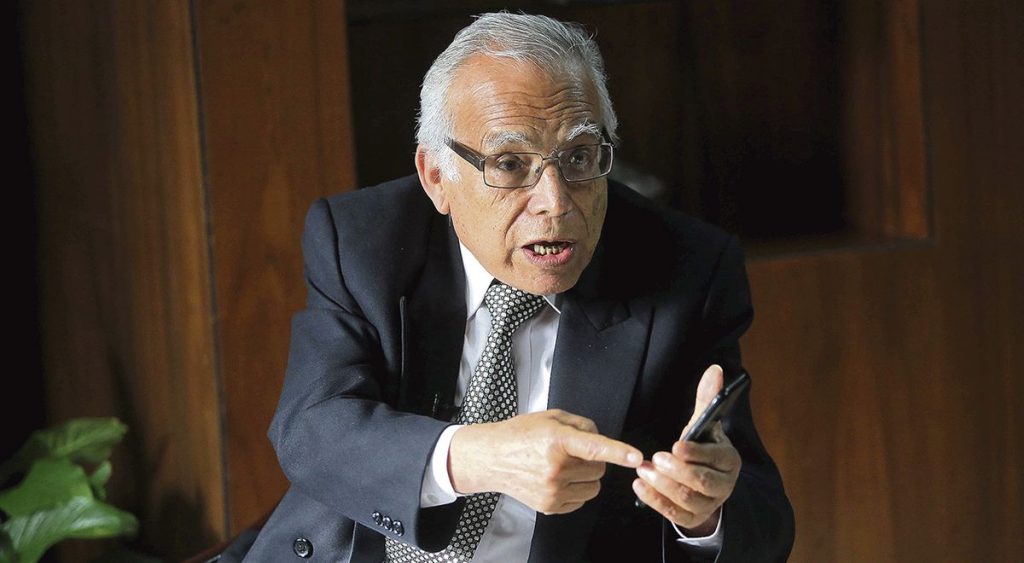Access to water resources constitutes a challenge to achieve social and economic development in the border area.
This is stated by the Ministry of Economy, Planning and Development in the publication Monitor de la Frontera of December 2021 with the title “Loss observed in the storage of water in the border area: Territorial changes and repercussions”.
The monthly publication, prepared by the Border Zone Development Policy Directorate, specifies that this issue has been present in each of the territorial dialogues carried out in the seven border provinces, demonstrating the relevance of this aspect to economic agents and social, coinciding with the analysis of the data collected that highlights the limitations in access to this resource.
It indicates that as part of the sectoral and territorial dialogues, carried out during the formulation of the Development Strategy for the Border Area (EDZF), the lack of water for different uses is identified as one of the main limiting factors to the development of the territory. He points out that it is a priority to reduce the access gap to this resource, considering that in the territory six out of 10 households do not have the liquid inside the house.
In the December version of the Border Monitor, the status of the most vulnerable dams in the border area was presented, estimating sedimentation levels for a period of 10 years (2009 vs. 2020) and the accumulation of deforestation in the last 20 years.
It is noteworthy that in the period studied, the Chacuey dam and the Maguaca river sub-basin, both in Dajabón and Monte Cristi, lost 31% and 9% of their surface, respectively, which means a considerable reduction in storage capacity. of water.
Similarly, it points out that the results were negative when analyzing deforestation, with more than 18% of the soils with a slope greater than twenty degrees – susceptible to erosion – deforested in both resources.
“The exploratory analysis carried out allows us to present some initiatives with the aim of mitigating the damage to the dams as a consequence of the management received and activities of intensive use of the soils”, specifies the Border Monitor.
In the first place, the implementation of programs such as payments for environmental services is proposed. It maintains that this initiative contemplates a financial remuneration in favor of a person in charge of achieving flexible and adaptable environmental management to different conditions.
It seeks to take advantage of and make better use of the land
The analysis seeks to achieve a land use that guarantees the maintenance or provision of one or more of the environmental services.
“This type of project is ideal for the border area, since it represents a balance between the operation of the productive sectors and environmental sustainability,” adds the publication, and recommends, secondly, cooperatively the agricultural sector involved.


















